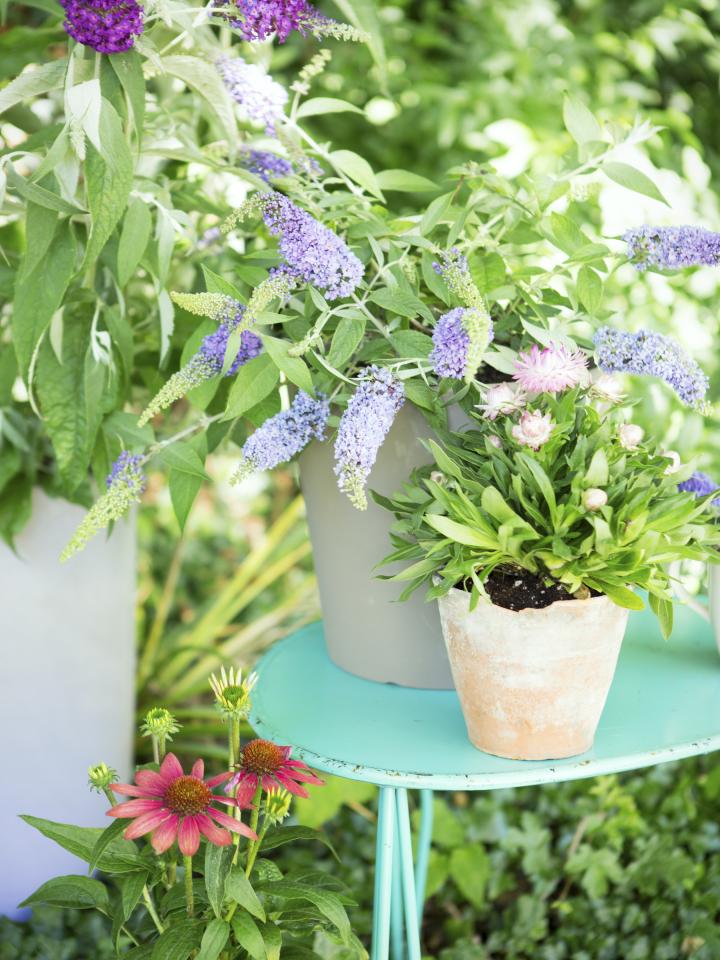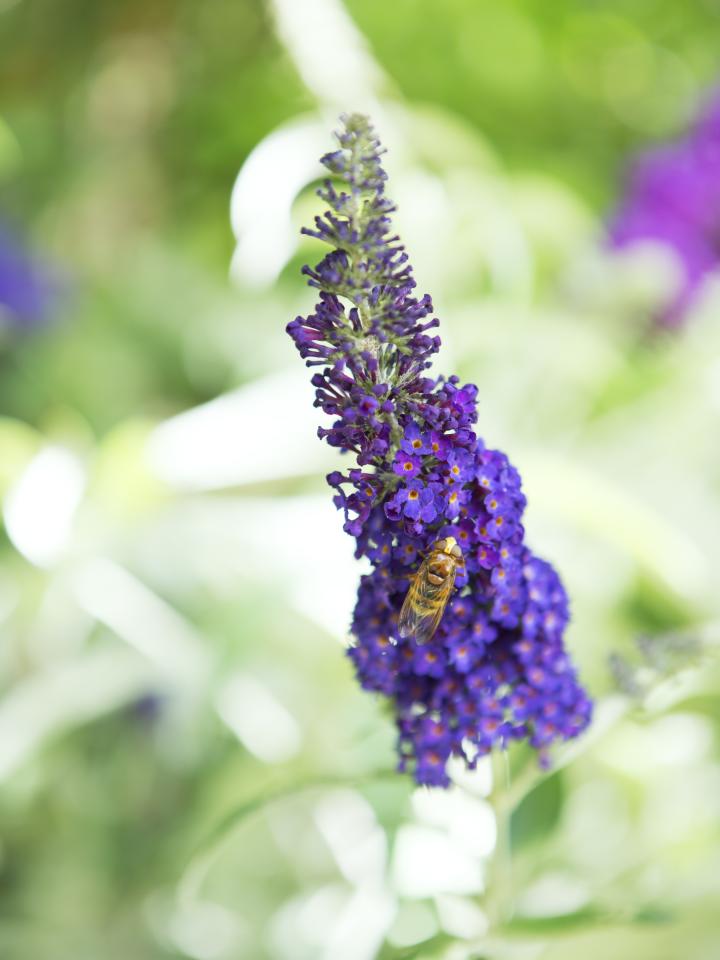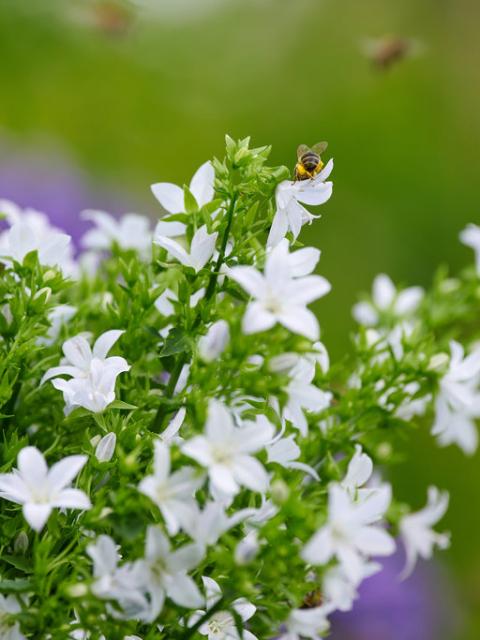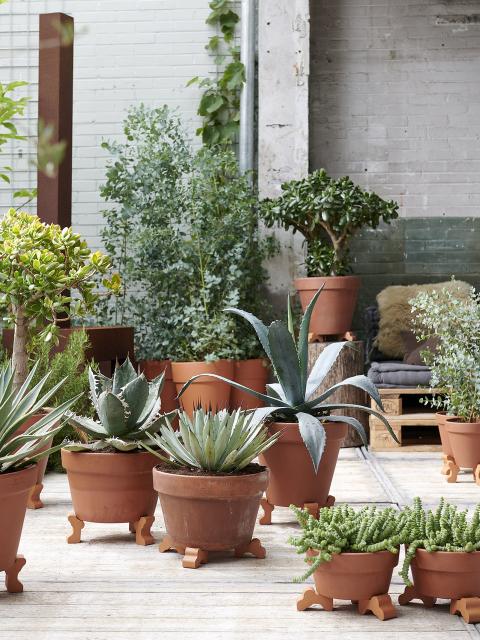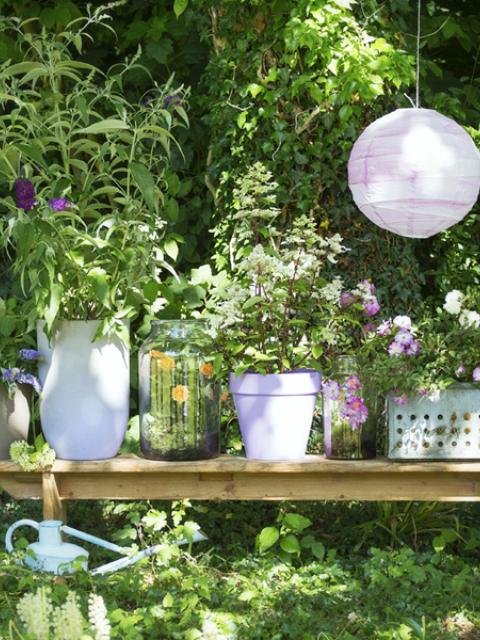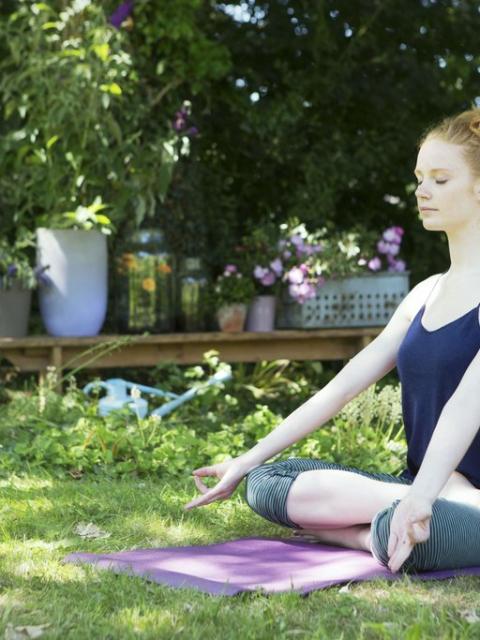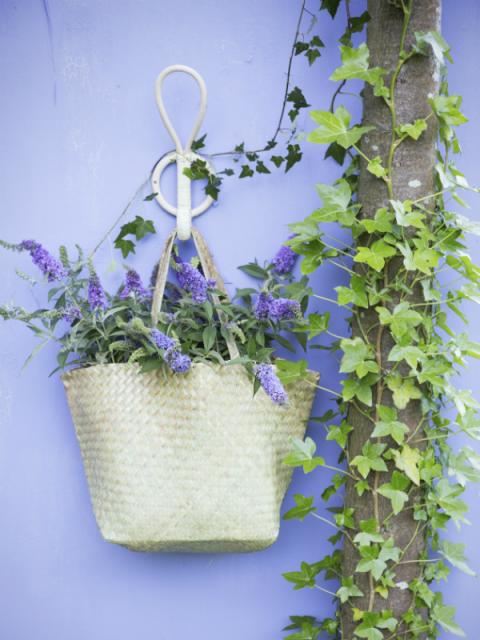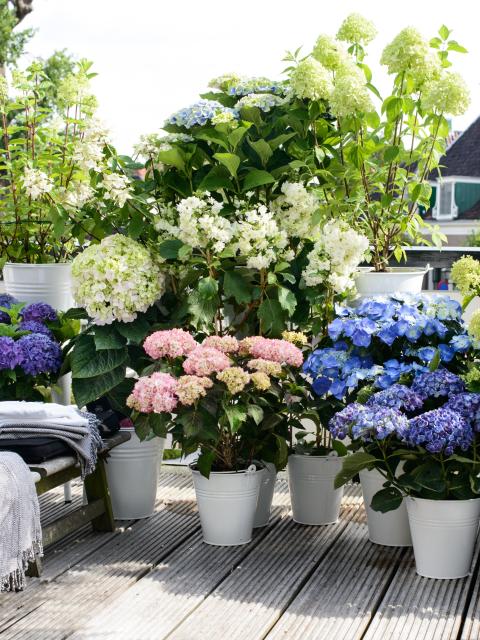WHAT DOES BUTTERFLY BUSH LOOK LIKE?
The butterfly bush, also known as Buddleja, is a deciduous shrub. This garden plant can be recognised by its striking white, blue, lilac, purple, pink, red or orange flower clusters, that can grow 10 to 30 centimetres tall. There are several varieties, but they all attract butterflies.
Buddleja can grow up to four metres tall, which is definitely domething to consider when choosing its location! If you don't have that much space there are also compact varieties, which are especially suitable for pots. A butterfly bush is an ideal addition to any garden or balcony. It's a fast grower and easy to look after and for that reason a great garden plant for anyone creating a garden from scratch.
DIFFERENT SPECIES OF Buddleja
There are more than 100 species of Buddleja worldwide. Many of these species are native to Asia, Africa and the Americas. These are the three most well-known species that are commonly planted in gardens:
- Buddleja davidii: also known as the common butterfly bush, this variety is the most well-known and popular of this type of plant. It's a deciduous shrub with long, cone-shaped flower clusters in purple, pink, white or blue. This species is known for its rapid growth and abundant flowering during summer.
- Buddleja alternifolia: this species, also known as fountain or argentea, has a unique way of growing, with curved branches. The plant produces fragrant flowers in shades of lilac and purple. Unlike the common butterfly bush, this species flowers on the previous year's wood. That means pruning after flowering is important to make sure that you enjoy lots of flowers.
- Buddleja globosa: this species is also called orange ballerina. That's not surprising when its flowers burst forth in striking, spherical fragrant, orange clusters.
WHEN DOES BUTTERFLY BUSH FLOWER?
Butterfly bush is generally a summer bloomer. The flowering period extends from late spring to early autumn. During this period, you will enjoy the beautiful, colourful flowers of the butterfly bush. It's so lush that it creates a fairytale scene in your garden or on your balcony.
HOW MUCH SUN DOES Buddleja NEED?
Butterfly bushes thrive best in sunny positions. The plant likes full sun, preferably a spot where it can get 6-8 sunny hours a day. This promotes lush flowering and attracts more butterflies and bees. It is prefereable to plant this beauty in a sheltered, non-windy spot.
HOW TO CARE FOR BUTTERFLY BUSH PLANT
Butterfly bush is an easy-to-care-for garden plant, but with these care tips you will ensure it's always as healthy as possible, and make sure it blooms profusely:
- Butterfly bushes thrive in well-drained soil.
- Butterfly bush prefers to be in full sun. Sunlight promotes more flowering.
- During the first growing season after planting, it's important to water your Buddleja regularly to allow the plant to root well. Avoid over-watering to prevent root rot.
- Mature butterfly bushes are drought tolerant and usually only need water when the top layer of the soil dries out.
- Butterfly bushes generally do not need intensive fertilisation. You may want to give the plant extra fertiliser in spring to support growth and flowering.
- To extend the flowering period, you can remove spent flower clusters. New flowers will appear in their place after a few weeks.
- Buddleja is hardy (down to -15°C). Did you place your plant in a pot? Then protect it against frost in winter (such as with bubble wrap or other warm materials).
- Check butterfly bush regularly for pests (such as lice and flies). If necessary, use environmentally friendly methods to control pests.
HOW TO PRUNE Buddleja, OR THE BUTTERFLY BUSH
For healthy, flower-rich growth, it's necessary to prune your butterfly bush annually or every other year. Prune butterfly bush back in spring, after the worst nights of frost have passed (generally March or April). Preferably prune back to a few buds above the ground (about 40 centimetres), and prune just above a side shoot. You can prune this plant quite rigorously, as always sprouts back again. You should also remove dead and old branches to give room for new shoots.
Pruning tip: do you have several butterfly bushes in your garden that flower at about the same time? Then you can alternate pruning times (one year one bush, the other year another). The pruned butterfly bush will flower later than the unpruned one and this way you will enjoy flowers and butterflies for a longer period of time!
WHY DOES Buddleja ATTRACT SO MANY BUTTERFLIES?
The flowers of butterfly bush are specially built to be pollinated by butterflies. The flowers of the butterfly bush are long and narrow, allowing only long-tongued insects like butterflies to reach the nectar inside. That nectar is extra sweet, another reason butterflies love it!
The plant is especially popular with diurnal butterflies such as atalanta, witch, lemon, little fox and thistle butterfly. A handy tip is that butterflies have no preference for colour, simply choosing the shrub with the most nectar. That's often the shrub that catches the most sun or gets the right amount of water. So choose the colour and variety you like best and make sure you plant them in a good location. The butterflies will come knocking on your door soon enough!
WHERE DOES BUTTERFLY BUSH ORIGINALLY COME FROM?
Buddleja originated in China, but is now found wild throughout Eurasia, North and South America and parts of Africa. The plant belongs to the hellebore family. This family also includes plants such as digitalis (foxglove), linaria (flaxglove) and snapdragon.
The plant genus name Buddleja was a tribute to botanist and pioneer Adam Buddle (1662-1715). He received this honour because of his dedication to botany and his contribution to plant knowledge. His name is now associated with butterfly-attracting shrubs loved worldwide.
SYMBOLISM OF Buddleja
Butterfly bush is rich in symbolic meanings. Firstly, it symbolises transformation and growth that takes place in nature. Like a caterpillar that emerges from its cocoon into a beautiful butterfly, butterfly bush symbolises growth and the continuous evolution of life.
Thanks to the colourful flowers and happy butterflies that flock to the flowers, butterfly bush also symbolises joy, happiness and positivity. As Buddleja attracts bees, butterflies and other pollinators so strongly, its presence is also considered a sign of a healthy ecosystem.
